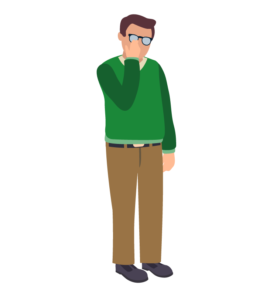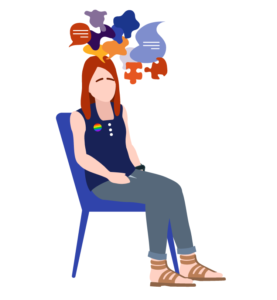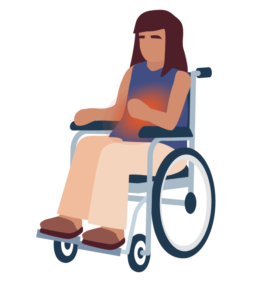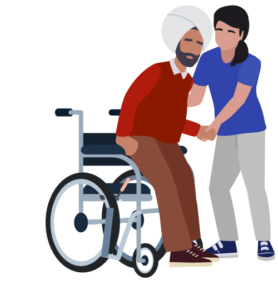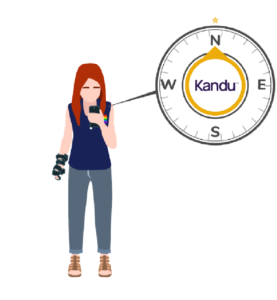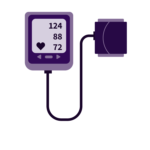
The Link Between Hypertension and Stroke
What is Blood Pressure?
Blood pressure is a measurement of the pressure of your blood in your arteries as it is pumped around your body by your heart. The upper or first number (systolic blood pressure) is the pressure created when the heart beats, pushing blood out into the body. The bottom or second number (diastolic blood pressure) is the pressure in your arteries when your heart is resting in between beats.
What is Hypertension?
Hypertension is when the pressure in your blood vessels is higher than normal. It is often referred to as the “silent killer” because it usually presents no symptoms, yet it can lead to severe health complications if left untreated.
Normal versus High Blood Pressure
Sytolic mm Hg (Upper Number)
Blood Pressure Range Chart
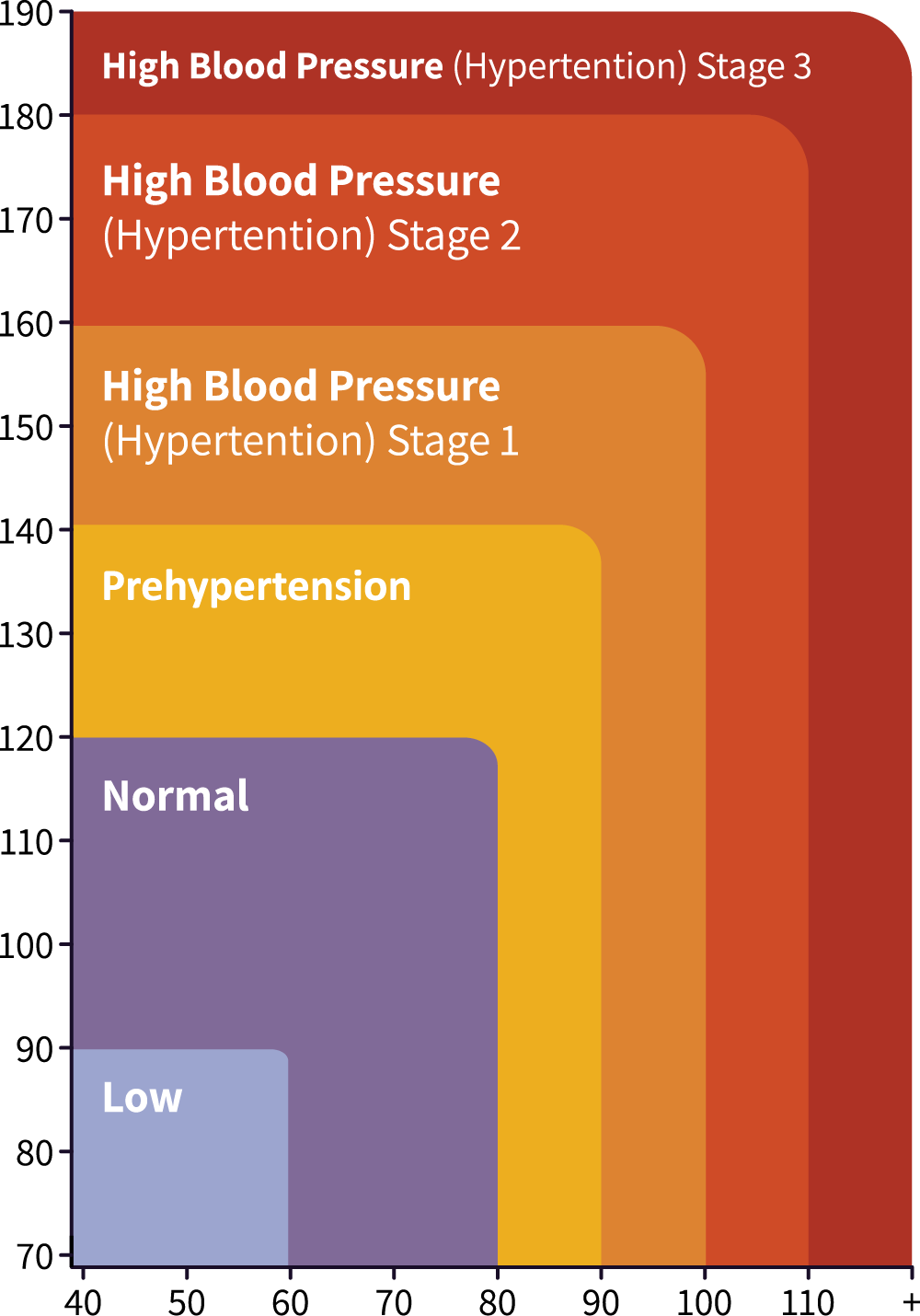
Diastolic mm hg (Lower Number)
According to the American Heart Association, blood pressure over 120/80 is considered high. If your blood pressure is high, your healthcare team may recommend a different diet, exercise, or medication based on how high it is, and any other health issues you have.
High blood pressure means that your heart has to work harder than normal to pump blood around your body. High blood pressure can cause damage to the walls of blood vessels, which increases the chance of narrowing, rupturing, or forming blood clots. This can lead to blockage in the blood vessels that supply the brain, resulting in a stroke.
High blood pressure is the biggest risk factor for having a stroke. It affects other parts of the body as well and can lead to loss of vision, heart failure, heart attacks, dementia, and kidney failure.
Hypertension is the #1 risk factor for stroke.
It contributes to around 50% of all strokes.
Recognizing Signs and Symptoms of Stroke
As hypertension often doesn’t have noticeable symptoms, it can be challenging to manage. It can go unnoticed until it causes a severe health problem like a stroke. Strokes can also happen suddenly and without warning. Therefore, it’s crucial to recognize the signs and seek medical attention immediately for better outcomes. Some common signs of a stroke include sudden numbness or weakness, confusion, difficulty speaking or understanding speech, vision problems, severe headache, loss of balance, and dizziness. Stroke symptoms can be remembered by using the phrase BE FAST.
BEFAST
Recognize the signs of a stroke
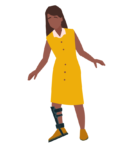
Balance
Sudden loss of balance

Eyes
Sudden change in vision in one or both eyes

Face
The face droops on one side

Arm
New arm weakness or numbness on one side
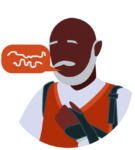
Speech
New slurred or confused speech

Time
It’s TIME to call 9-1-1
Only a health professional can determine if you are having another stroke. If you are having a new stroke, every second matters. Call 9-1-1 and seek emergency care for a possible stroke if you experience the following symptoms.
Hypertension Prevention and Management
- You may begin taking medications called antihypertensives. These will be prescribed by your healthcare team and adjusted to best suit your body and your blood pressure level. It’s important to take these exactly as prescribed.
- There are many choices of antihypertensives. If you are prescribed medicines that are not working or have too many side effects, your doctor can help you to try another approach. Common side effects include tiredness, constipation or diarrhea, dry mouth or cough, dizziness, headaches, and nervousness.
- Eat a balanced and nutritional diet.
- Drink minimal alcohol and quit smoking.
- Exercise as much as you can. This can be hard after a stroke, but your physical therapists and occupational therapists can provide you with exercise regimes suitable to your condition.
- Reduce your caffeine intake. Be aware of hidden caffeine in things like cola drinks, tea and energy drinks.
- Reduce your stress levels. Partner with your healthcare team for strategies, including counseling as needed.
It’s essential to understand hypertension in order to prevent strokes. By being aware of the signs and symptoms, adopting healthy lifestyle habits, and seeking support from healthcare professionals and community resources, individuals can take proactive steps to manage their blood pressure and reduce their risk of stroke. Together, we can make a positive impact and help prevent strokes in our communities.
